October is ADHD Awareness Month and I’m up for the challenge of posting a new ADHD Strategy, Tool or Mindset to share with those who may be looking for a new approach to help in some challenging areas.
These weird and wonderful approaches to common ADHD challenges were shared when I interviewed guests from around the world on the ADHDifference Podcast. The best bit? They are all tried and tested! Remember, not all strategies work for everyone. There’s no such thing as a one-size-fits-all strategy, but I hope you can come away with a few gems to adopt, adapt or learn about.
| Day 31 |
Graceful Boundaries: How can you live a full and meaningful life, without trying to please everyone else? For adults with ADHD, especially those who have masked, people-pleased, or over-committed for years, this is a radical reframe. Saying no doesn’t make you difficult. It makes you free. The goal isn’t to say no to everything. It’s to say yes more often to what actually matters. READ MORE |
 |
| Day 30 |
Unmasking with ADHD: For many ADHDers, “masking” isn’t just an occasional behaviour, it becomes a lifelong habit. The cost? Exhaustion. Confusion. Shallow relationships. And a slow drift away from your authentic self. But naming it is the first step. Unmasking in safe spaces improves well-being, especially when combined with self-awareness and support. READ MORE |
 |
| Day 29 |
Permission to Pause: Think of recharging like charging a battery: if you don’t plug in, you shut down. And often, that shutdown comes when it’s least convenient.Recharging is about doing what restores you, in whatever form that takes. It’s the outcome, not the method, that matters. READ MORE |
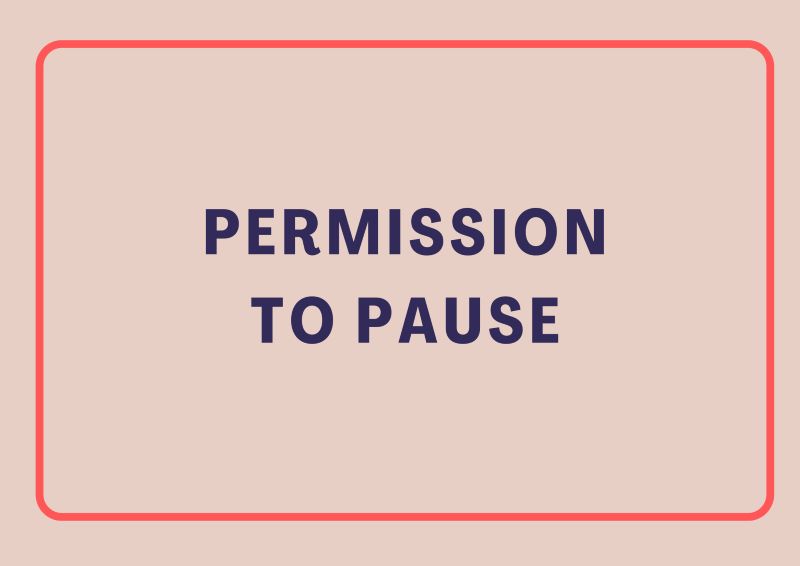 |
| Day 28 |
Break It Down (then add 10%): For ADHDers, time can feel slippery. We underestimate how long things take, over-commit, or avoid starting altogether. Take every task, break it down into the tiniest steps, estimate the time then add 10% to each step, and 10% again to the total. It gives you freedom instead of panic. READ MORE |
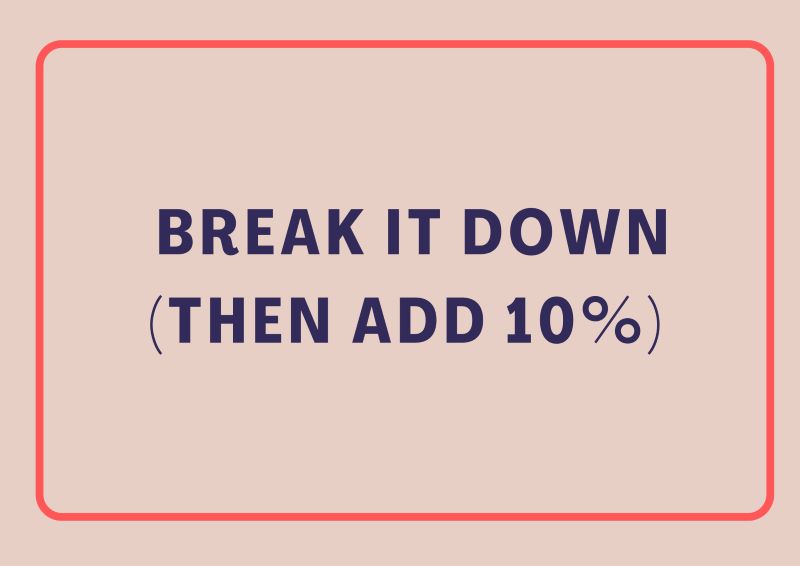 |
| Day 27 |
Making Mess Manageable: ADHDers often struggle with task initiation, working memory, and decision-making, all of which get triggered by mess or disorganization. Add emotional attachment to belongings, perfectionism, or overwhelm, and it’s no wonder clutter can feel paralysing. Decluttering isn’t just about clean counters and tidy drawers. It’s about reducing stress, decision fatigue, and mental load. READ MORE |
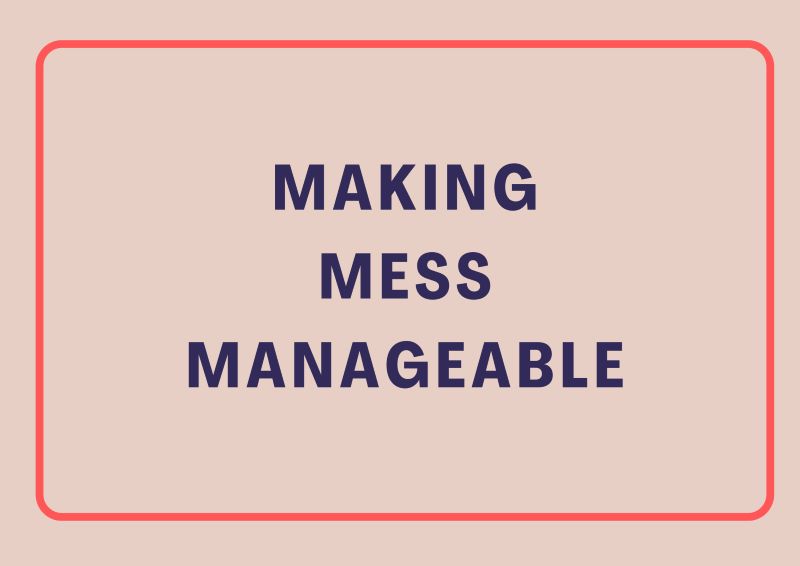 |
| Day 26 |
Reclaiming Self Worth: When you’ve spent years feeling different, misunderstood, or “too much,” it’s easy to internalise those messages as truth. These beliefs often stem from masking, rejection sensitivity, and growing up feeling “othered.” You can start building internalised self-worth with small, intentional steps. READ MORE |
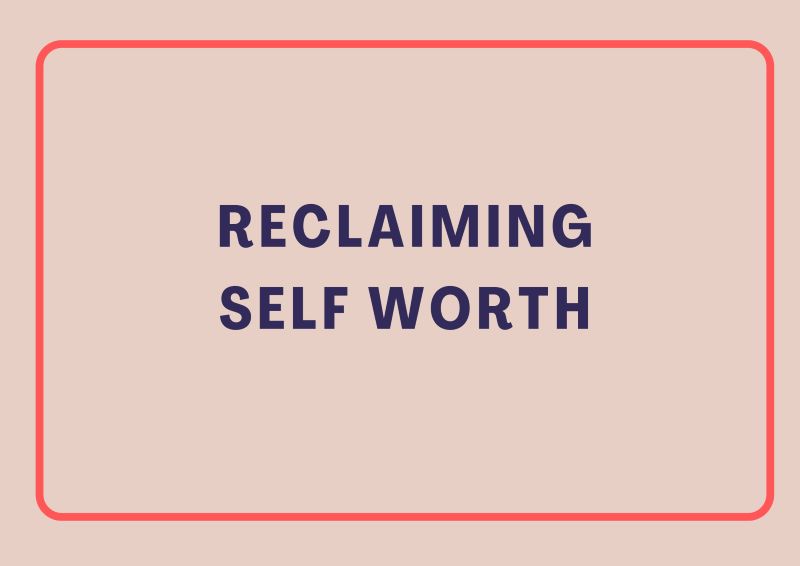 |
| Day 25 |
Flow Over Force: ADHD brains often meet friction externally (from systems that aren’t designed for us) and internally (from emotional spikes, overwhelm, or sensory overload). Our instinct might be to push through, force focus, or mask the struggle. In jiu-jitsu, when someone is holding you down, you don’t waste energy pushing them off directly. Instead, you shift, inch by inch, until you find the angle that creates space to breathe. READ MORE |
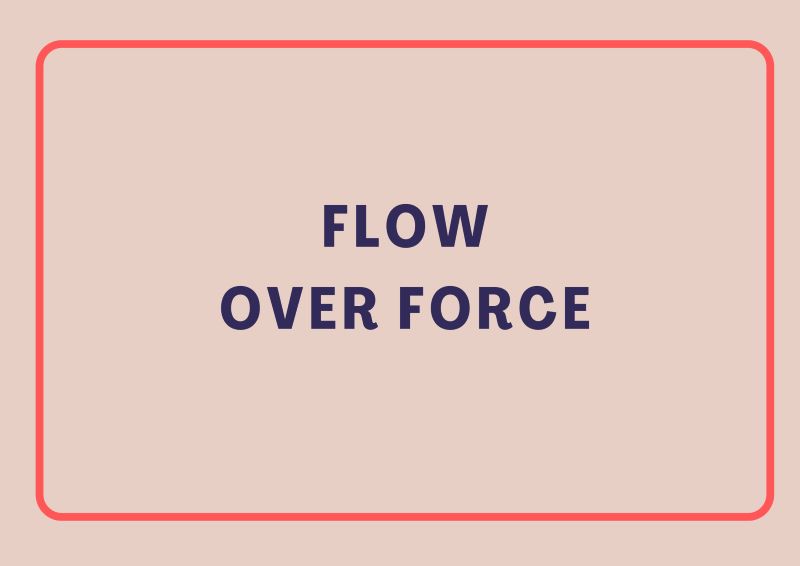 |
| Day 24 |
Own Your Environment: Success doesn’t mean fitting in, it means creating a world that fits you. Design an environment that supports your brain – physically, socially, and emotionally. It’s about finding conditions where your creativity, focus, and flow can thrive, and defending those boundaries like they matter. Because they do. READ MORE |
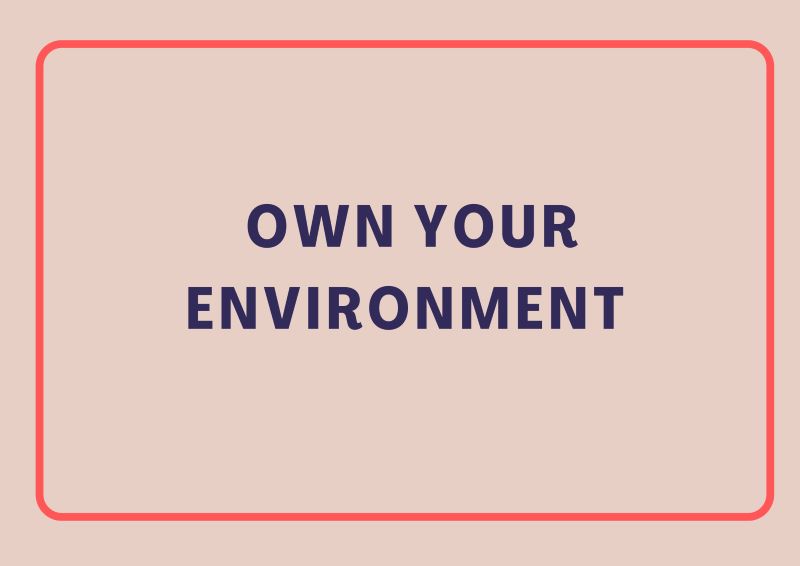 |
| Day 23 |
Untangle The Threads: Many ADHD adults can feel overwhelmed by the tangled mess of overlapping symptoms. But if OCD is in the mix and can be properly identified, it can be treated (and reversed)! Once treated they’re better able to manage the enduring traits of ADHD and autism with far more ease. READ MORE |
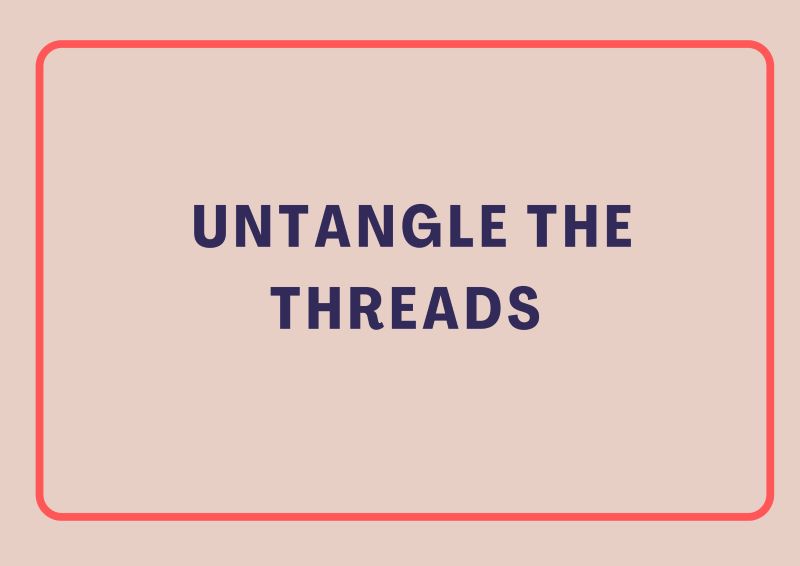 |
| Day 22 |
EFT Tapping To Regulate: EFT, or “tapping,” is a technique that involves gently tapping on specific acupressure points while saying phrases related to how you’re feeling. It combines aspects of traditional Chinese medicine and cognitive behavioural therapy to calm both the mind and body. It helps you calm the noise, without needing to think your way out of it. READ MORE |
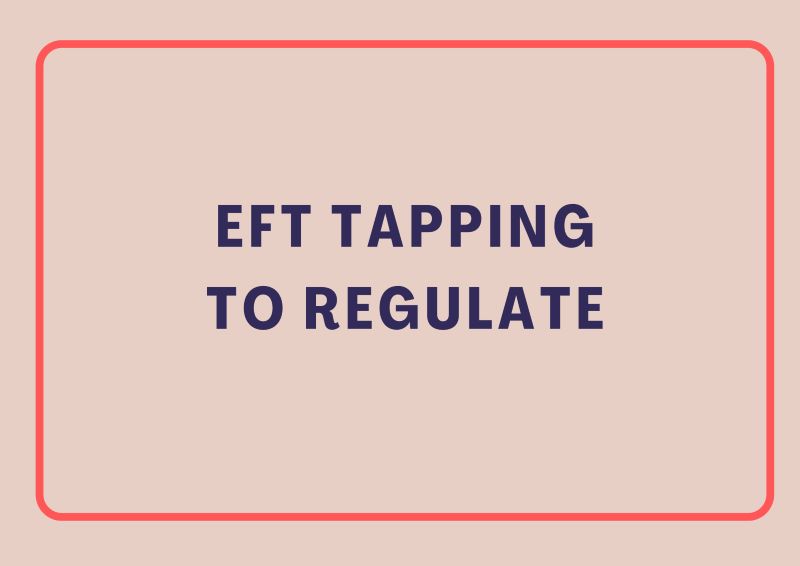 |
| Day 21 |
Stick To The Sequence: For many neurodivergent people, a disrupted morning can derail the entire day. Routine offers structure where the world often brings chaos. This strategy doesn’t require a colour-coded planner. Just a handful of consistent actions done in the same order each day. That’s enough to make a difference. READ MORE |
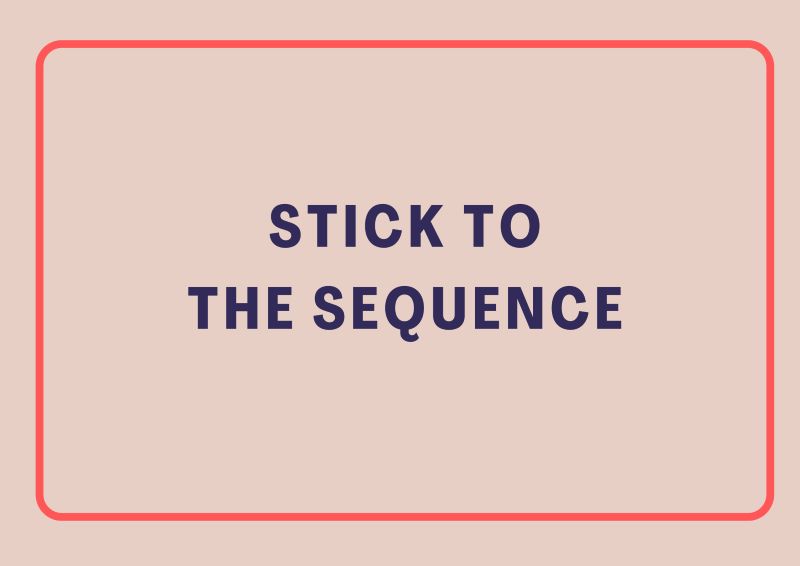 |
| Day 20 |
Brand Your Traits: Take the very things you’ve been told to suppress like impulsivity, rapid thinking, directness, emotionality… and position them as the strengths they truly are. By branding your traits, you shift the narrative. You are no longer apologising. You are saying, “This is how I work best. And here’s the value it brings.” READ MORE |
 |
| Day 19 |
Reframe The Narrative: ADHD can often amplify negative self-talk. A missed deadline becomes a personal failure. A tough day becomes proof you’re not capable – these are stories we tell ourselves. And stories can change. Reframing gives you the power to interrupt the automatic inner critic and replace it with something more truthful and more useful. It also helps you build practical systems that reduce mental load and increase clarity. READ MORE |
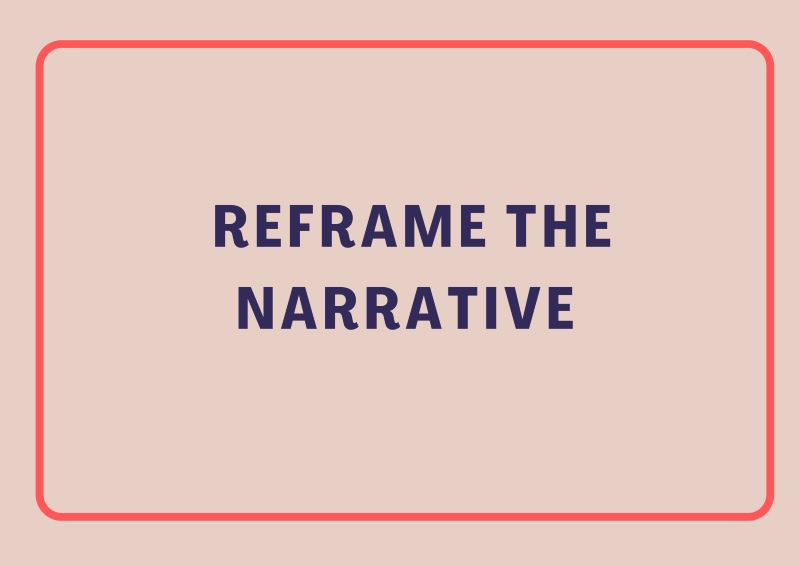 |
| Day 18 |
Map Your Mind: What if navigating ADHD wasn’t about fighting against your brain but understanding how it naturally works? Introducing: mental cartography – the art of mapping how you think, feel, and respond so you can navigate life with more insight and intention. Instead of trying to mimic someone else’s system, you get curious about your own. READ MORE |
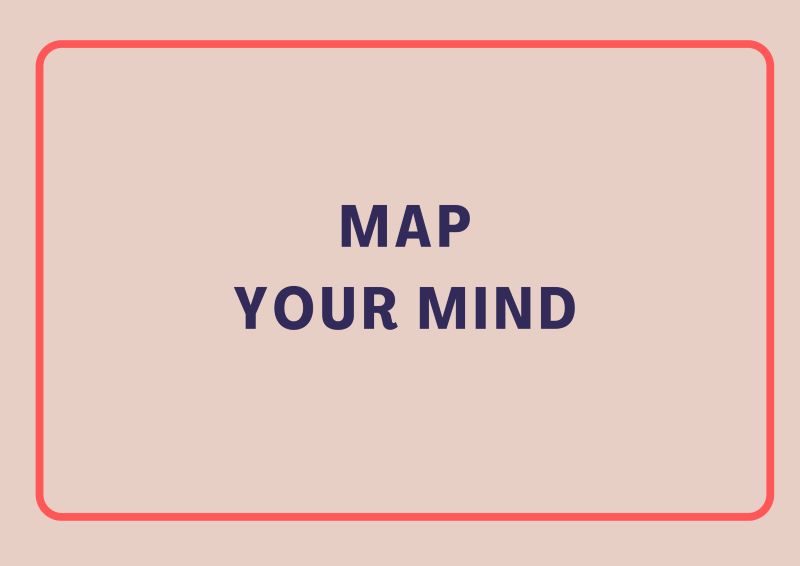 |
| Day 17 |
Text It To Me: Rather than relying on verbal memory or trying to hold multiple steps in your head, written instructions give clarity, reduce stress, and enable more accurate follow-through. Asking for written instructions isn’t about weakness, it’s about wisdom. It’s about designing communication to match how your mind works. READ MORE |
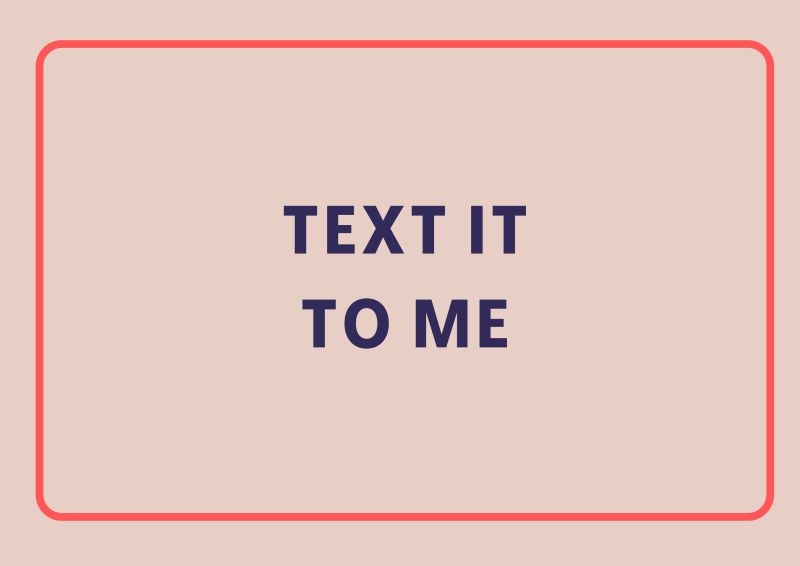 |
| Day 16 |
Co-Create with Curiosity: Like many ADHDers, wild imagination comes with a challenge: too many ideas, not enough follow-through. A game-changing solution? Using AI as a creative and executive assistant. Whether it’s filing business paperwork or learning new skills on the fly, AI tools can make idea partners, bridging the gap between inspiration and implementation. READ MORE |
 |
| Day 15 |
Laugh It Off: Productivity doesn’t always start with planning. Sometimes, it starts with laughing. Laughter Yoga: a playful, science-backed technique that combines intentional laughter with breath-work to reset your nervous system and spark dopamine. In short: laughter is not procrastination or avoidance. It is a nervous system strategy. READ MORE |
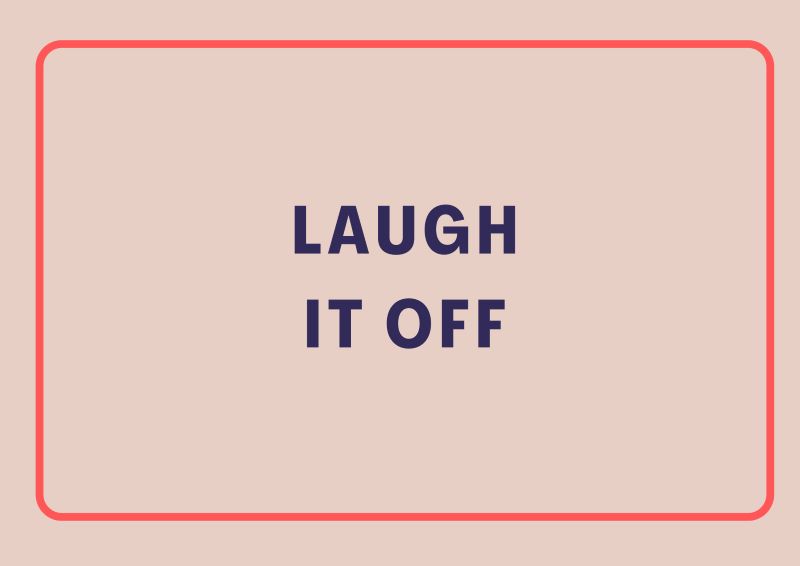 |
| Day 14 |
Letting the Engine Cool: If you can relate to being like a Lamborghini brain with bicycle brakes, this practice might be for you. You don’t need to be good at meditating to benefit from it. The strategy works not by eliminating thoughts, but by creating space to observe them. It allows your executive function (your “inner adult”) to take the wheel when the emotional engine is over-revving. READ MORE |
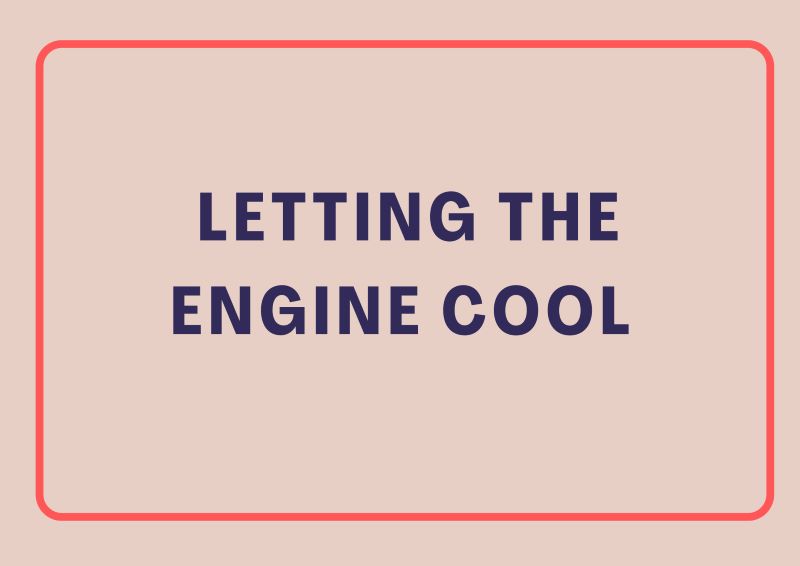 |
| Day 13 |
Personal Coping Menu: Emotional flooding, shutdown, or unexpected surges of sadness, anger, or anxiety can feel confusing and overwhelming, especially when standard strategies don’t seem to help. Creating a personal coping menu encourages neurodivergent folks to work with their nervous systems, not against them. It’s take-away tools that fit the moment! READ MORE |
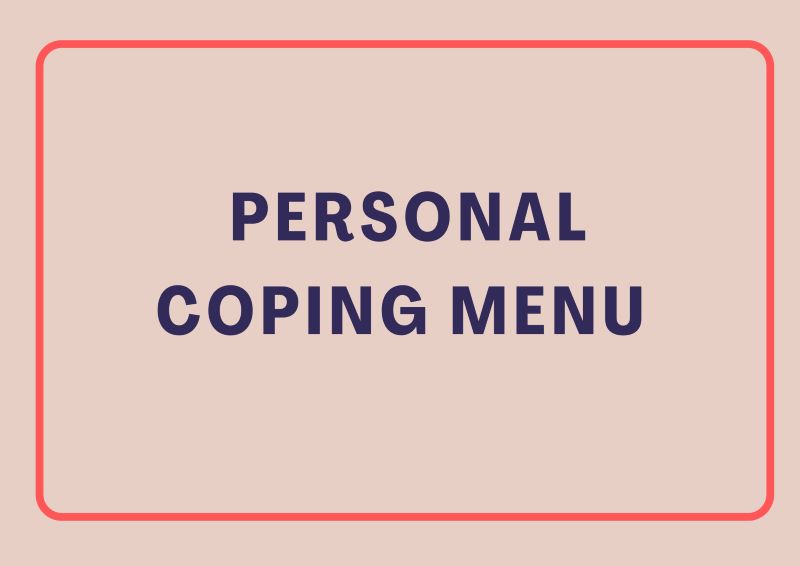 |
| Day 12 |
Visualise the Win: ADHD brains often struggle to prioritise future goals over present distractions. Visualisation acts as a bridge between the now and the not-yet. It makes goals feel more real, more reachable, and more motivating. When you visualise the win and build structured systems that work with your brain, you unlock energy, clarity, and momentum. READ MORE |
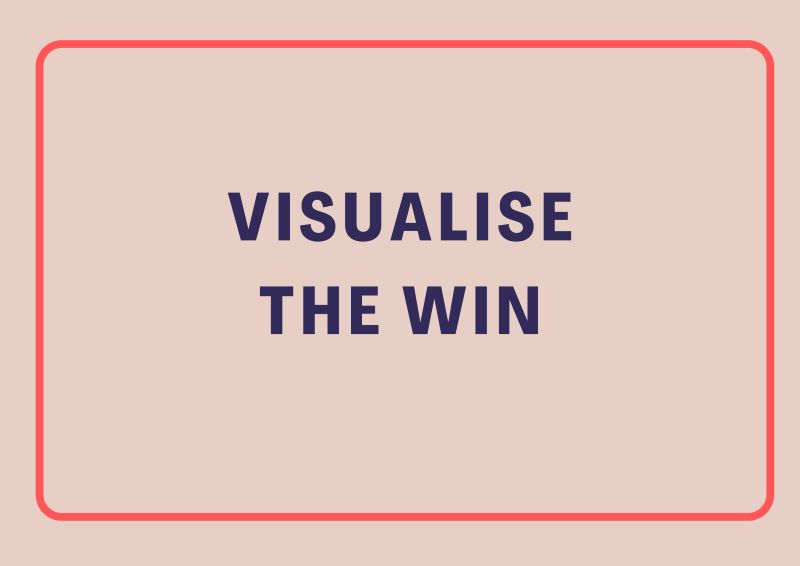 |
| Day 11 |
Creative Containment: This is a method for honouring your imagination while staying on track. By offloading new ideas into an external system, you: reduce cognitive overload, preserve mental energy and improve task persistence and follow-through. Your brain is bursting with ideas worth capturing! READ MORE |
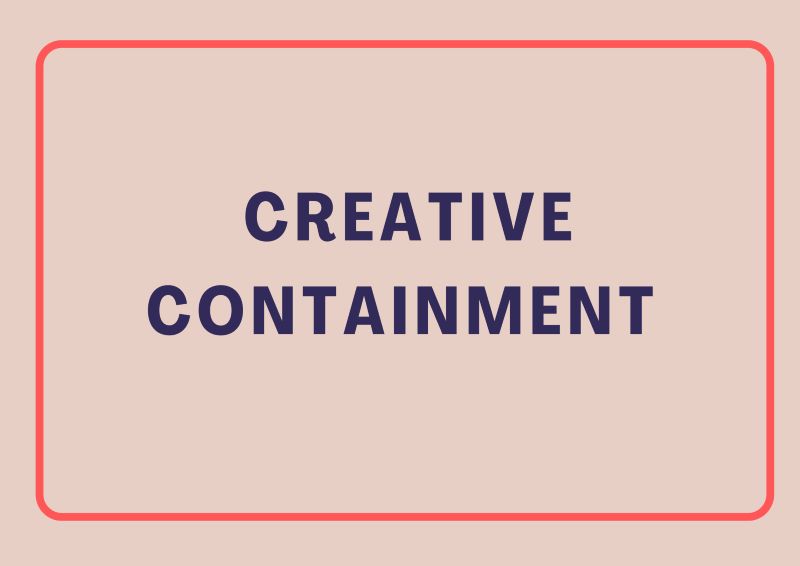 |
| Day 10 |
Timely Reminders: Phone reminders can help us stay present, productive and purposeful. One of the most common challenges in ADHD is working memory – the ability to hold, juggle, and recall information in real time. When combined with time blindness, task switching, and a busy life, the result can be missed details and mental fatigue. READ MORE |
 |
| Day 9 |
The Post-It Note Strategy: Task initiation is a major challenge for many ADHDers. Often misread as laziness or avoidance, it’s actually the result of executive function struggles. This strategy works because it sidesteps perfectionism and overwhelm. Instead of trying to do everything at once, it focuses on getting something down, fast and imperfectly, and then gently organising it. READ MORE |
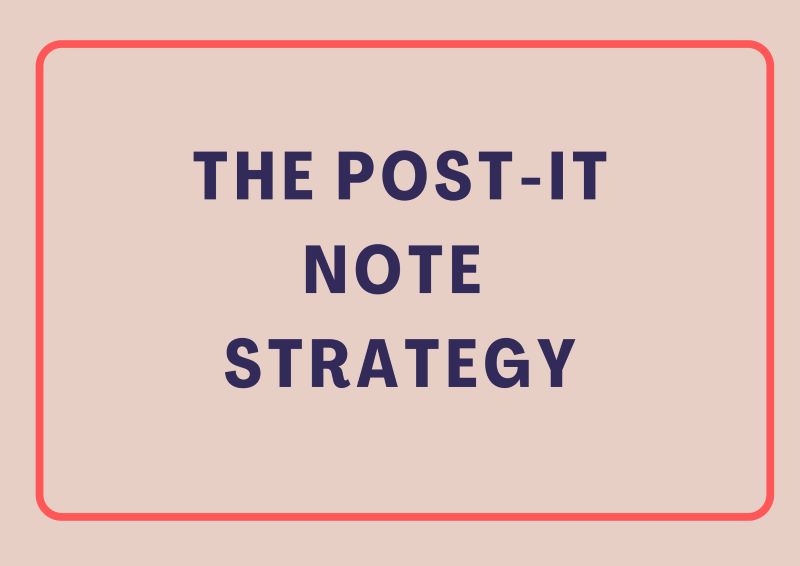 |
| Day 8 |
Calm Through The Eyes: ‘Brainspotting’ helps the brain and body process emotional or traumatic experiences by finding specific eye positions that correspond to either emotional pain or calm. It’s a gentle yet transformative therapy technique that can work well for many ADHDers and other neurodivergent individuals. READ MORE |
 |
| Day 7 |
Say It Out Loud: Some tasks, especially emotionally sensitive or high-pressure communication, can trigger a kind of perfectionism paralysis. Any dictation method (be it an app or your phone) allows you to speak first, then structure later. It’s fast, it’s friction-free, and for ADHD brains, it’s a game changer. READ MORE |
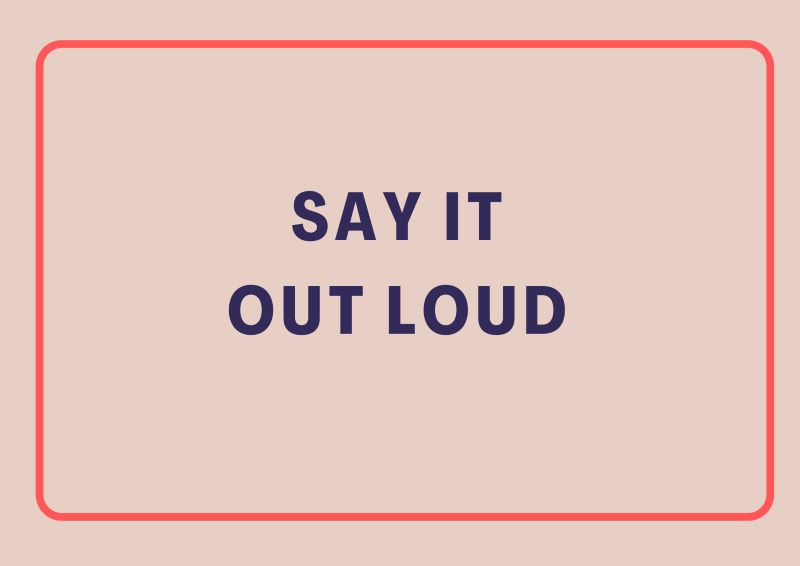 |
| Day 6 |
Build Confidence, Not Just Slides: When it comes to public speaking, it’s not about being flawless. It’s about being real. And when you’re able to stand up and speak from a place of truth, you shift from performance to presence. You don’t need to pretend. You just need to show up as you. READ MORE |
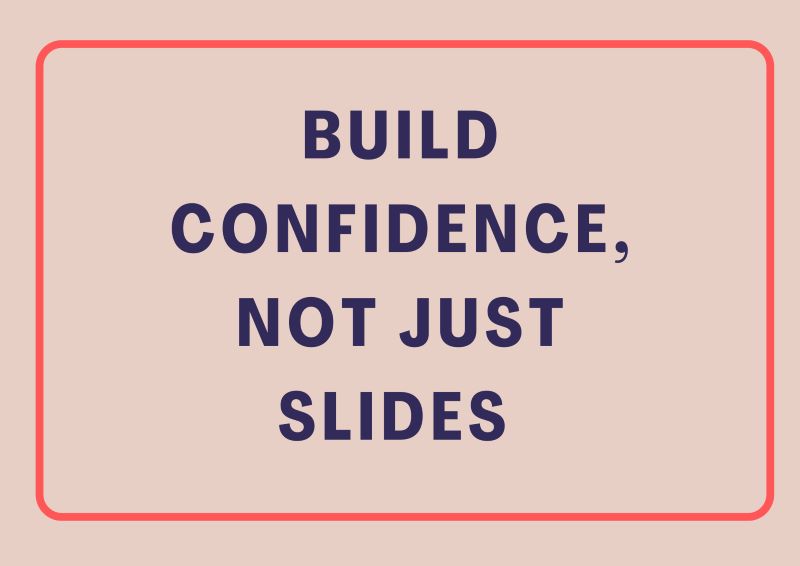 |
| Day 5 |
Recalibration Not Reinvention: So much of life with ADHD involves trying to fit into systems that weren’t designed for us. School. Workplaces. Relationships. Schedules. Recalibration means making intentional choices that honour how your brain works, what you value, and how you want to feel, both in your personal life and your work. It’s about making space for yourself in your own systems. READ MORE |
 |
| Day 4 |
Design Your Solutions: Design thinking invites experimentation instead of perfection. It helps you look at problems like a puzzle, not a personal failing. Success with ADHD isn’t about becoming someone else. It’s about designing systems that work for you. By treating ADHD challenges as design opportunities, you reclaim control, reduce shame, and start solving problems in a way that’s sustainable and empowering. READ MORE |
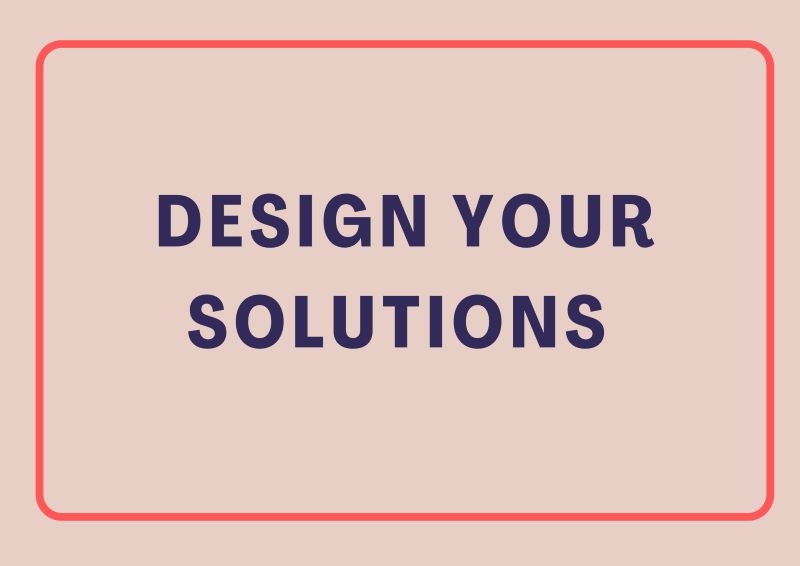 |
| Day 3 |
External Scaffolding: Struggling to keep everything in your head? External scaffolding… like jotting things down, can ease mental overload by offloading thoughts onto paper. It’s a simple, flexible strategy that supports focus, reduces overwhelm, and helps you return to centre when your brain’s in overdrive. READ MORE |
 |
| Day 2 |
Gamify Your Tasks: Not all ADHD support looks like structure and discipline. Sometimes, the smartest move is to make it weird, playful, or fun. When tasks feel like games instead of pressure, your brain is far more likely to engage. This isn’t about tricking yourself, it’s about creating momentum in ways that feel doable today. READ MORE |
 |
| Day 1 |
Ritualise Self-Care: Not all ADHD support looks like productivity hacks. Sometimes, the most powerful thing you can do is create small, grounding rituals that help your brain feel safe, steady, and seen. From cold showers to barefoot walks, it’s about grounding. READ MORE |
 |































